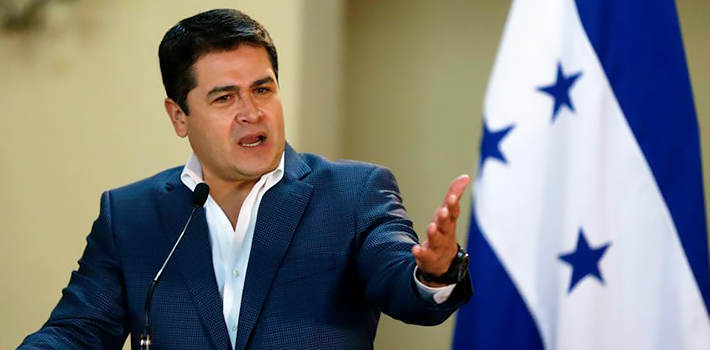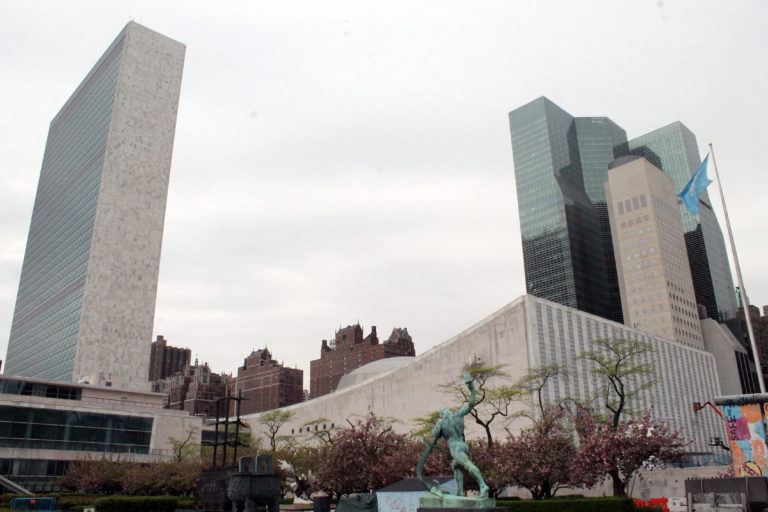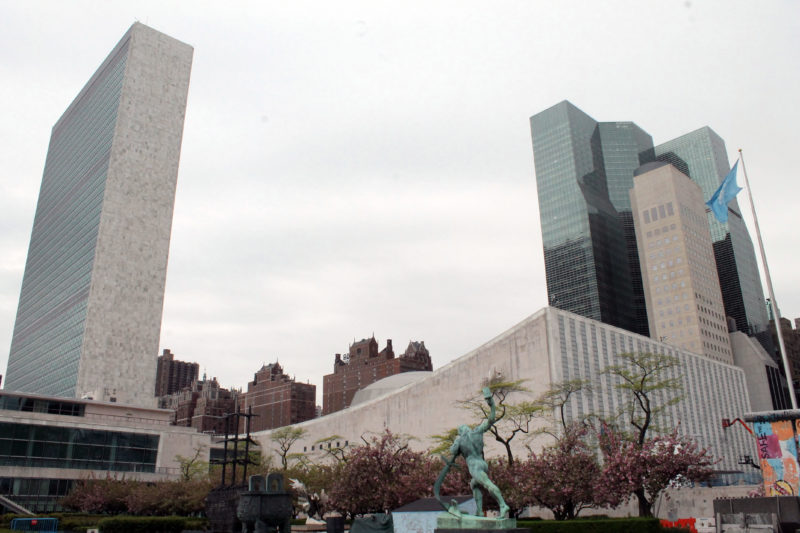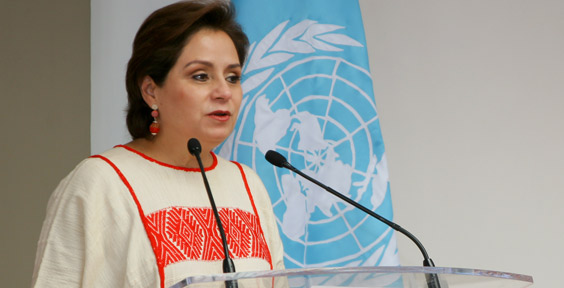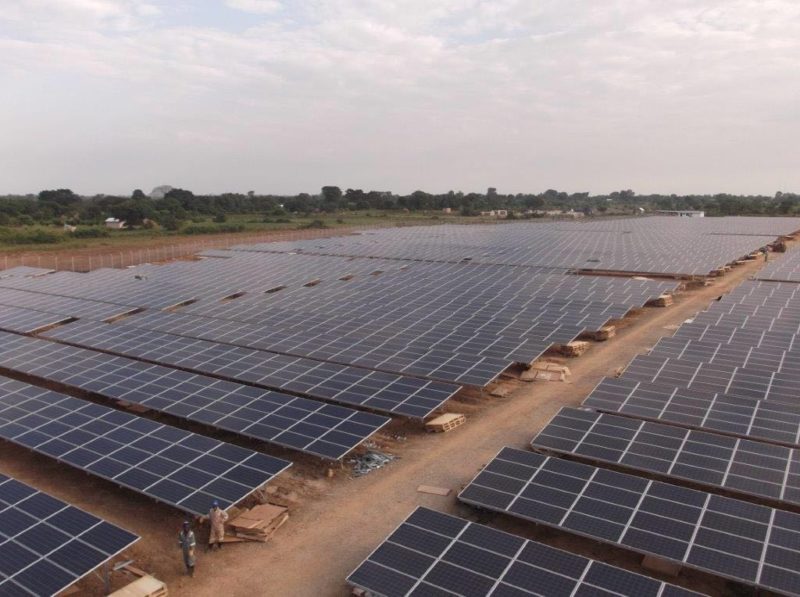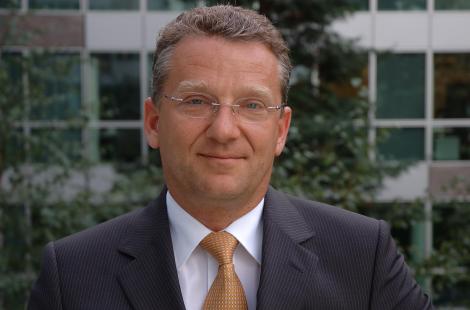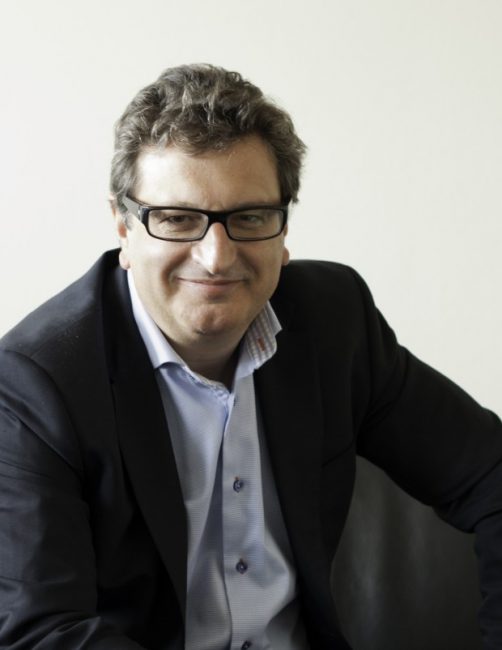Nnimmo Bassey, Director of Health of Mother Earth Foundation (HOMEF, in his welcome words) at the Media Training on Biosafety (themed: “Promoting Biosafety in Nigeria”) held in Benin City, Edo State on Friday, March 24 2017, laments that the many myths around modern agricultural biotechnology are being peddled regularly by the industry promoting genetically modified organisms (GMOs) and their team players in public offices

The key myths by which citizens are sold the idea of GMOs as being desirable include that they provide the most assured way of feeding the burgeoning population of hungry mouths in the world. The planks on which this highly seductive myth has been erected are quite flimsy. Research has shown that GMOs do not necessarily yield higher than normal crops, making the talk of producing more food by using GMOs simply fatuous. Secondly, over one third of food currently produced in the world today simply gets wasted, while most of the GMOs currently grown in the world end up as animal feed.
The need to interrogate our biosafety has become very pertinent because of the many myths around modern agricultural biotechnology. These myths are being peddled regularly by the industry promoting GMOs and their team players in public offices. A major plank on which biosafety, and perhaps biosecurity, rests is the precautionary principle. This principle, or approach, is a safeguard against the permission or introduction of products or elements into the environment where there is no scientific consensus that such an introduction would be safe or would not have an adverse impact. In other words, the precautionary principle helps to disallow the use of citizens as guinea pigs in experimental release of products that could harm them. The argument that there is a risk in everything is hollow and an acceptance of that as an excuse to expose citizens to harm is inhuman.
In this engagement on biosafety we hope to share information on the issues of biosafety and GMOs in Nigeria and Africa. The aim is that media practitioners would be able to sift the facts from the myths, and by so doing help the public to require a sense of responsibility from our biosafety regulators, research institutions, political forces and commercial interests behind the risky genetic engineering approach to food production.
The key myths by which citizens are sold the idea of GMOs as being desirable include that they provide the most assured way of feeding the burgeoning population of hungry mouths in the world. The planks on which this highly seductive myth has been erected are quite flimsy. Research has shown that GMOs do not necessarily yield higher than normal crops, making the talk of producing more food by using GMOs simply fatuous. Secondly, over one third of food currently produced in the world today simply gets wasted, while most of the GMOs currently grown in the world end up as animal feed.
Another argument used to sell GMOs is that they require the use of less chemical in terms of pesticides and herbicides because the crops can be engineered to withstand herbicides or to act as pesticides themselves. The emergence of what have been termed super weeds and superbugs have dented that claim as farmers have had to sometimes apply stronger doses of herbicides and pesticides on farms where such weeds or pests emerge. In any case, the herbicide known as Roundup/glyphosate to which crops engineered by Monsanto are resistant, has been said to be a ‘possible’ source for cancer.
Evidence is now mounting that there has been collusion by biotech companies and regulators in the USA to conceal the fact that glyphosate is indeed a probable human carcinogen. One Environmental Protection Agency official, Marion Copely, in a 2013 email stating the following ways in which glyphosate can cause cancer:
- Endocrine disruption
- Free radical formation and inhibition of free radical-scavenging enzymes
- Genotoxicity – which is key in cancer onset
- Inhibition of certain DNA repairing enzymes
- Inhibiting the absorption of essential nutrients
- Renal and pancreatic damage that may lead to cancer
- Destruction of gut bacteria and suppression of the immune system
The official (who has cancer and passed on in 2014) added, “Any one of these mechanisms alone listed can cause tumors, but glyphosate causes all of them simultaneously. It is essentially certain that glyphosate causes cancer. With all of the evidence listed above, the CARC category should be changed to ‘probable human carcinogen.’”
A report published yesterday by Global 2000 shows that, between 2012 and 2016, biotech companies sponsored a series of review articles asserting that glyphosate and its commercial formulations are not injurious to health. The Global 2000 report, “buying Science” reveals that the industry-sponsored reviews of glyphosate’s carcinogenicity and genotoxicity (ability to damage DNA) have serious scientific flaws, including assigning greater weight to unpolished studies than peer-reviewed ones.
The papers are said to also have introduced irrelevant data in violation of standard guidelines for the evaluation of cancer studies in rodents. Moreover, the reviews also consistently assign greater weight to unpublished industry studies than to studies that were peer-reviewed and published in scientific journals.
The National Biosafety Management Agency (NBMA) on May 1, 2016 approved for Monsanto/NABDA to introduce genetically engineered maize varieties that would depend on this cancer-causing weed killer. Responding to objections to the permits and the obnoxious chemical, Monsanto issued a press response claiming that the chemical would not offer any cause for worry if farmers apply them strictly according to the guidelines or labels on the packets. We note that overwhelming evidence show serious health impacts of agro-chemicals on persons working on farms planted with GMOs or living in close proximity to such farms.
We invite journalists to interrogate the fact that GMOs are grown as mono-cultures and consider what this would mean to our agricultural system which is anchored on mix-cropping that promotes diversity and resilience. It also pays for us to look at the woeful performance of GMO cotton in Burkina Faso where the crop is being phased out and the remarkable failure in Makhathini Flats in South Africa where it was showcased as a grand success for small scale farmers in the late 1990s. We should point out that it is the same failed GMO cotton that has been halted in Burkina Faso that has been permitted to be commercially released into Nigeria.
You will hear in this programme how our regulatory agency works in cohort with GMO promoters and where official GMO promoters are interlocked with Monsanto, as for example in the GMO maize application and approval. As one ancient philosopher said, we simply have to believe the evidence of our “eyes” before we jump unto the GMO bandwagon in the pretext that we are doing science, claiming that all is well, when there are deep wells of doubts concerning the technology.
As we speak, GMO products are already on our market shelves. And a plethora of field trails of others are ongoing, including that of GMO beans that may be introduced into the Nigerian markets by 2019, according to the promoters. HOMEF and other critical observers have scrutinised the NBMA Act of 2015 and found critical clauses in it that makes its capacity to protect our environment and health very questionable. We have also proposed how this situation can be remedied: either a total repeal of the act or a drastic review of the questionable provisions.
We should be concerned about what we eat. And we should not be forced to eat what we do not want to eat.

